Gears are mechanical components with toothed wheels designed to transmit motion and torque between machine parts. They are essential in a wide variety of applications, from everyday devices like bicycles to complex machinery in automobiles, robotics, and industrial systems. By meshing together, gears help change the direction, speed, and force of mechanical power, enabling devices to function efficiently
Types of Gears Belon Gear Manufacturing
There are several types of gears, each serving specific functions:
Spur Gears: These are the most common type, with straight teeth aligned parallel to the axis. They are typically used in applications where the shafts are parallel to each other.planetary gearset
Helical Gears: Unlike spur gears, helical gears have angled teeth, which allows for smoother operation and higher load-bearing capacity. They are quieter than spur gears and are used in machinery where higher efficiency is required.
Bevel Gears: These gears are used to change the direction of rotation hypoid straight spiral gears . The teeth are cut at an angle, allowing for the transfer of motion between intersecting shafts ,helix gear.
Worm Gears: These gears consist of a worm (a screw gears like gear) and a worm wheel. They are often used when a large speed reduction is needed, such as in elevators or conveyor systems.
Related Products
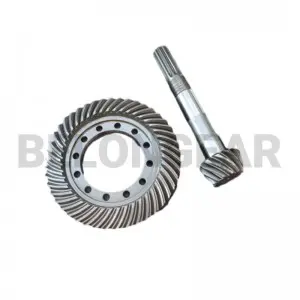
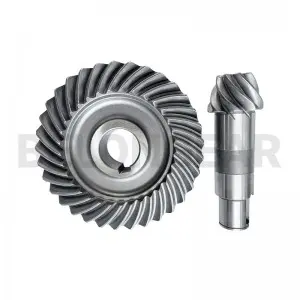
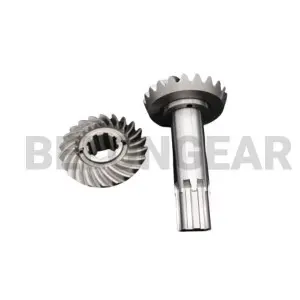
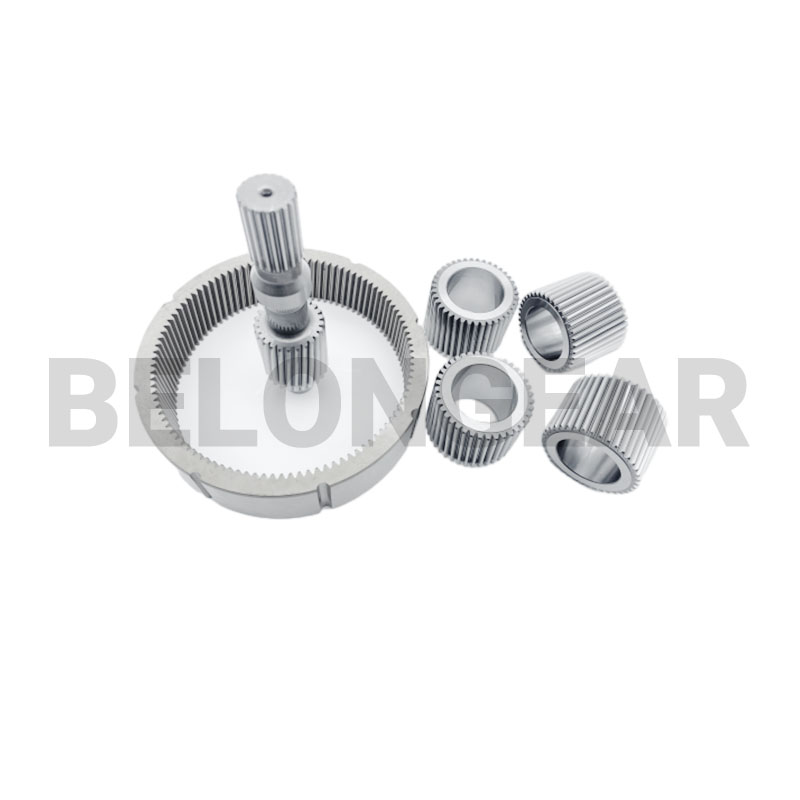
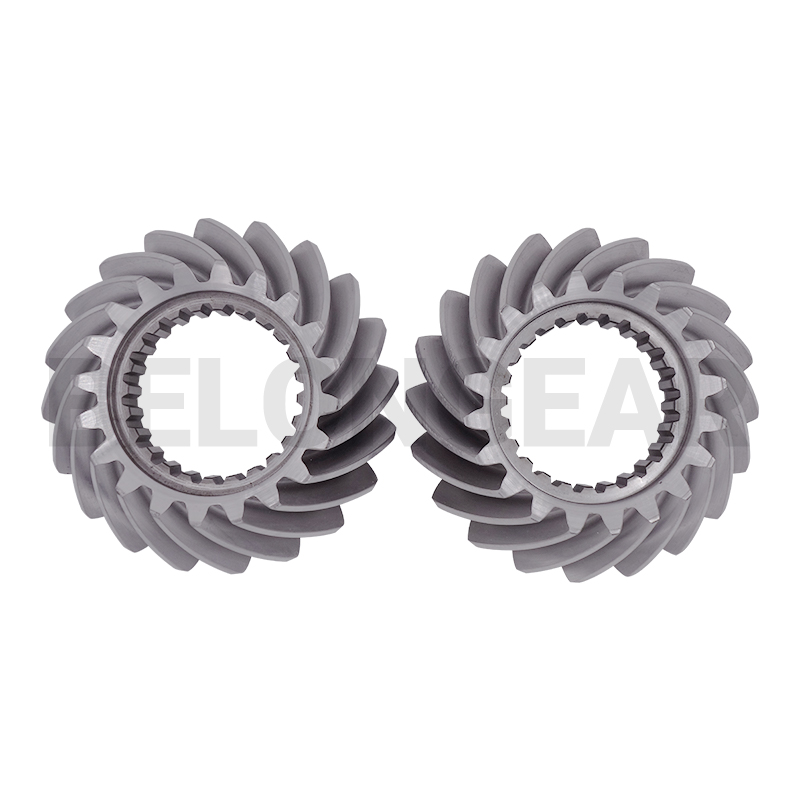
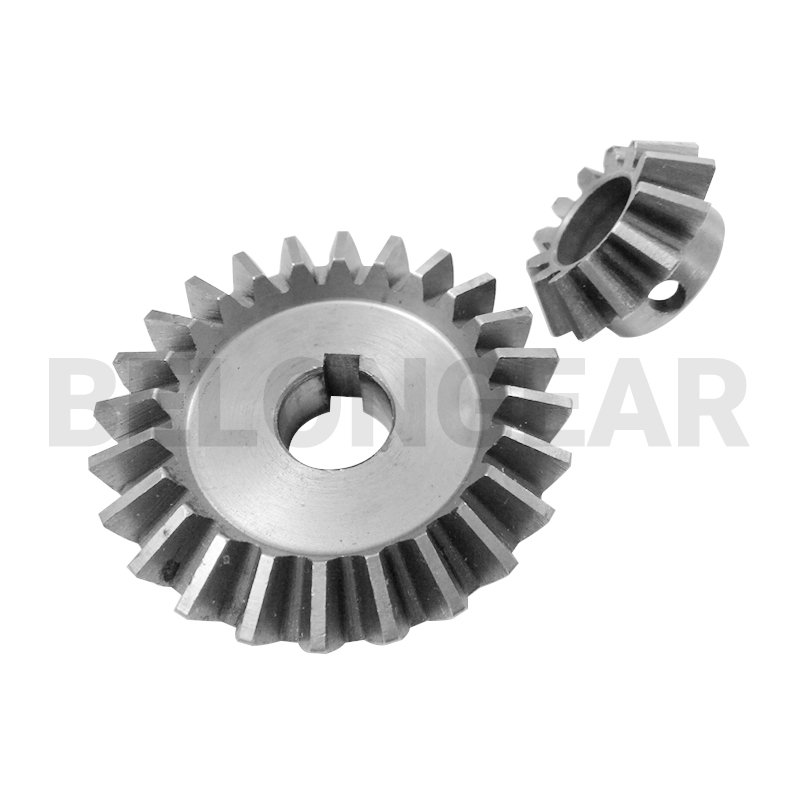
How Gears Work
Gears work by meshing their teeth with those of another gear. When one gear (called the driver) rotates, its teeth engage with the teeth of another gear (called the driven gear), causing it to rotate. The size and number of teeth on each gear determine how speed, torque, and direction are adjusted between the two gears.
In conclusion, gears are critical components in machinery, allowing for the efficient transfer of motion and power in countless devices across different industries.




